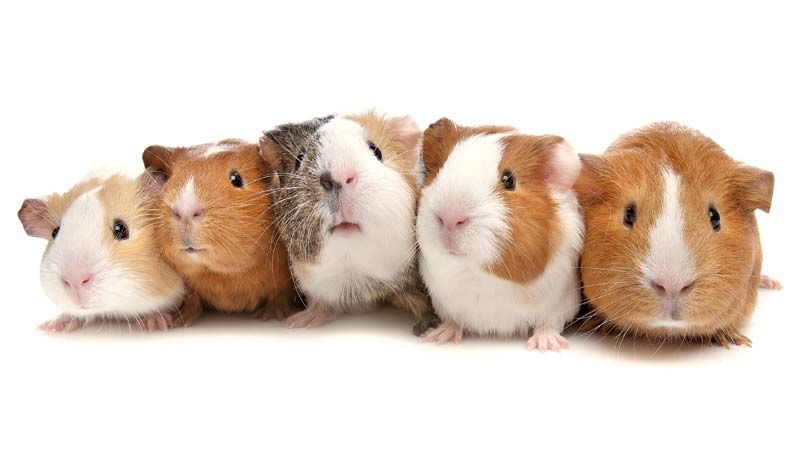What do guinea pigs and pirates have in common? Well, it’s not their fashion sense or their love of the open sea. In fact, they share only one unfortunate similarity: both can get scurvy! So, while one might say ‘Arrr!’ and the other might ‘Wheek!’, both are in dire straits without enough fresh produce. (But we’re pretty sure a guinea pig’s idea of a treasure chest involves a pile of fresh hay.)
This shared vulnerability to scurvy isn’t just a quirky fact; it’s a critical health concern for your small pet. If your guinea pig exhibits concerning symptoms such as wobbly legs, a drop in appetite, bleeding gums, or a squeak of discomfort when touched, don’t wait—these are common signs of scurvy, a serious deficiency that requires prompt veterinary attention.
Unlike many other mammals, guinea pigs can’t produce their own vitamin C. That means their health depends entirely on the diet you provide. And when that diet falls short? Hypovitaminosis C in guinea pigs becomes a real—and often painful—problem. If you’re seeing any of these signs, it’s time to consult an exotics vet for expert advice and treatment.
What Does Scurvy Look Like in Guinea Pigs?
The tricky part? Scurvy can sneak up on you. Early signs are often mistaken for general aging or mild discomfort. So, how can you tell if your guinea pig has scurvy? Here are the red flags to look for:
- Limping or difficulty walking
- Swollen joints
- Lethargy or reluctance to move
- Poor coat condition
- Bleeding gums or loose teeth
- Loss of appetite
- Sensitivity to touch or vocalizing in pain
If you’ve ever wondered, “What does scurvy look like in guinea pigs?”, the answer is: it can vary—but changes in mobility, appetite, and demeanor are the big ones to watch out for.
Is Vitamin C Deficiency Common in Guinea Pigs?
Unfortunately, yes. It’s one of the most frequently seen nutritional issues in guinea pig care. Fresh vegetables and pellets labeled for guinea pigs are supposed to contain adequate vitamin C—but the nutrient degrades over time, especially when exposed to air, light, or moisture. That means even a well-meaning owner might end up with a vitamin-deficient piggie.
To reduce the risk, daily portions of vitamin-rich foods like bell peppers, parsley, and kale are essential. Oxbow Vitamin C treats are also helpful for ensuring your pig receives an adequate amount every day.
Recommended Sources of Vitamin C for Guinea Pigs
To help prevent scurvy and ensure your guinea pig gets the vitamin C they need, variety is key when incorporating these fresh vegetables into their daily diet:
- Turnip greens: Excellent
- Mustard greens: Excellent
- Dandelion greens: Excellent
- Kale: Excellent
- Brussels sprouts: Excellent
- Parsley: Excellent
- Collards: Excellent
- Broccoli leaves: Good
- Beet greens: Good
- Cauliflower: Good
- Broccoli florets: Good
While oranges and cabbage do offer some Vitamin C, the amount is nominal compared to the highly beneficial foods listed above. Prioritizing these excellent sources and rotating them regularly is crucial to your guinea pig’s health.
How to Treat Scurvy in Guinea Pigs
If you suspect your pig has scurvy, don’t delay. Treatment starts with a visit to an experienced exotics vet. Most cases are managed with oral or injectable vitamin C supplements to quickly restore deficient levels. Pain management and anti-inflammatory medications may also be necessary to ease discomfort and reduce inflammation. Supportive care—such as hydration therapy or syringe feeding—might be needed if your guinea pig isn’t eating or drinking on their own. Finally, correcting the diet is crucial to prevent future deficiencies and maintain long-term health. Scurvy can lead to serious complications if left untreated, including permanent joint damage or even death. But with prompt care, most guinea pigs recover well.
Let’s Keep That Piggie Healthy
If you think your guinea pig might be dealing with scurvy—or if you just want to make sure you’re on the right track—don’t wait. Visit your veterinarian right away.
